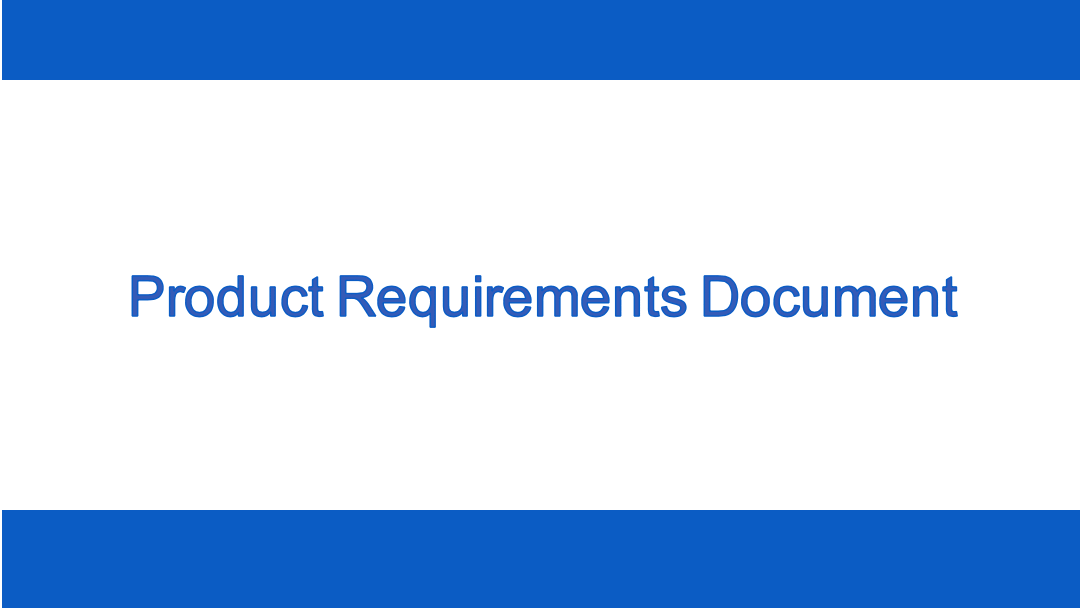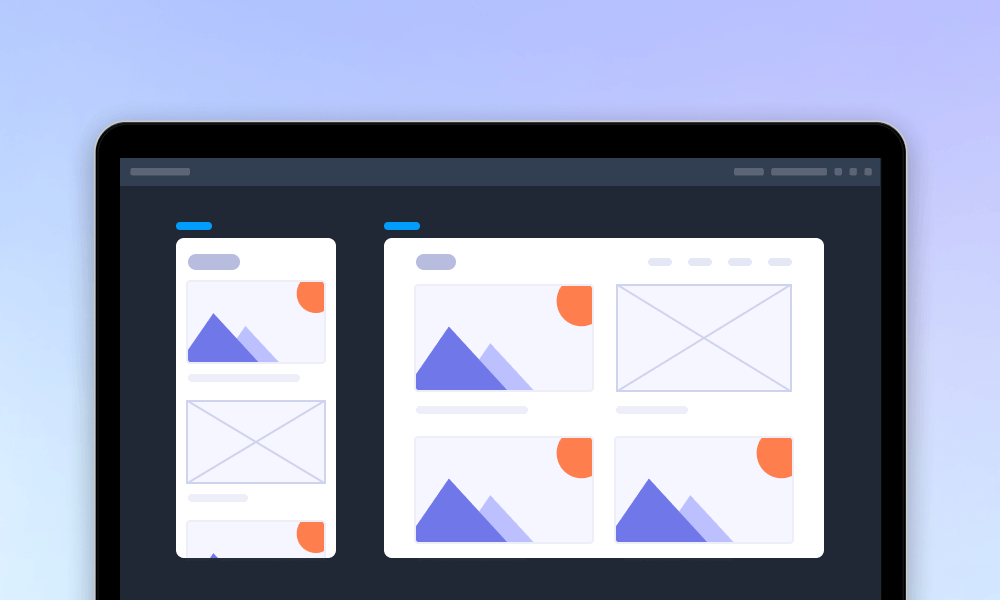Product Requirements Document (PRD) scopes almost everything that product your team builds. However, it is never an easy task to write and manage effective PRDs. In this article, we will share the most important guides on how to write a good product requirements document.
Product requirement document (PRD) is a document that describes all related information of a particular product based on user research. It helps product teams to define what they are going to build. A PRD usually contains at least the following parts:
Like a blueprint, it explains the background and core functions of the product. It helps to formulate the core tasks of product design.
Before building a product, the product manager needs to understand the users, the business goals, and the market.
PRD explains the product function details and main processes. The list of details includes the purpose of the product, the main functions, the main user usage scenarios, the main interactions, etc.
Products generally have a beta version before the official launch, and product managers need to customize the function or performance of the test product.
It’s not enough to complete product development; the ultimate goal of the product design is to win the market. That’s why PRD needs also include a recommended strategy for product promotion.
As an important work content output of a product manager, product documentation carries the following vital roles:
● Explains the research results, functions, logic, page details and other information of the overall product design;
● Acts as a bridge for design-development communication, which can reduce communication costs;
● Provides developers the necessary information about functional requirements, helps them understand the requirements, and complete the development on time.
The best product requirements document writing skills and practices contains the following 5 core aspects:
Before you start, you need to address the needs of your product. Typically you need to answer the following questions:
You must have an overview of the purpose of your product and have a complete understanding of the user needs as well as how your product fulfills those needs. For example, if you're going to build a design platform, then your users should be UX/UI designers, product managers, and the developers and the purpose of your product might be connecting the entire design workflow for them so that you can make the design better and faster.
Mockplus is the all-in-one design platform where designers, developers and product managers can work together. When we were planning to build it, we had a goal to help the design team to create the best user experience.
Features of the product are the main ingredients of your PRD. They help you understand what you are building and what makes your product distinct from the others in the market.
You need to break down the features of your product based on the purpose you want to serve for your target users. For example, when we were building Mockplus, we describe its features as the following:
Team management
Flexible workflow
Smart specs
Are you ready to release your product for beta testing? Find your answers by setting the release criteria. The criteria can be a specific functionality, lack of usability problems, a certain level of performance, or something else. You can outline criteria based on the following aspects:
Check how many of the features your product has covered already. What are the necessary functionalities required? Ensure your product is useful to the users.
Check if your product is easy to use. You can run user testing and have their feedback.
Check if your product is reliable. What problems users might face during the interaction with a product? Can users recover from those failures?
Check the performance of your product. For example, conduct running speed, measure response time, throughput, and memory consumption.
Make sure your product can be installed and configured by users.
There is no need to set precise timing, but a rough timeline is enough. By planning a product timeline, you increase the chance that a product goes well with the key time point.

Are you looking for an easy yet effective way to write a product document? Do you need an easier and faster way to review, read, and share online with the whole team when you finish writing? And most importantly, how do you manage and update your PRD?
You will need to figure out what is the best tool to write PRD. An effective tool can be handy because it will save you a lot of time. Here are some tools you might use to write PRDs:
JIRA can help you to track projects with its flexible configuration, comprehensive functions, simple deployment, and rich expansion.
MindManager is a simple and easy-to-use mind mapping tool. It features a friendly user interface and rich functions which can help product managers to organize their thoughts.
ProcessOn has a simple drag and drop option. It also supports online collaboration for multiple users.
Mockplus is the platform that connects your entire product workflow. Online PRD writing is one of Mockplus' many unique features that differs from other product design platforms available on the market. It holds a number of features that can help you write product documents faster and easier.
Advanced editing tools such as Editpad.org can help you write everything that defines your product. It also gives the option to download and share the write-up with your team.
You can insert wireframes, high-fidelity prototypes, images, and other visuals to explain any sentences or paragraphs in your PRD. Everything is auto-synced!
You can add document or link references while commenting on a PRD with the pinning tools.
You can share your PRDs with other members via a link. That way, they can spare any free time to review, pin a comment, and leave their feedback according to their schedule.
It is difficult to keep content up to date if using tools like Microsoft Word. But everything is auto-sync in Mockplus so your entire team can get the fresh content.
Besides writing PRD with a professional tool, a pre-designed PRD template can be useful too. Here we have some PRD templates for you:
PRD template from aha.io includes the content of objective, release, features, user flow and design, analytics and future work. You can download files in PDF and Word. This template will walk you through the assumptions, user stories, UX design, scoping, and more.
Product requirements template from atlassian.com has categories that cover features, partners, business strategy, design, docs and reports, human resources, and other features. You can flesh out your product requirements with your development team and product designers by using this template.
PRD from Product Hunt is a template created with Google Doc. You need to apply for edit if you want to rewrite the product requirement document.
Building a product with good user experience is never an easy task. But a detailed product requirement document can help you with that. Hope our article will help you with that.
 Mockplus RP
Mockplus RP
A free prototyping tool to create wireframes or interactive prototypes in minutes.
 Mockplus DT
Mockplus DT
A free UI design tool to design, animate, collaborate and handoff right in the browser.
